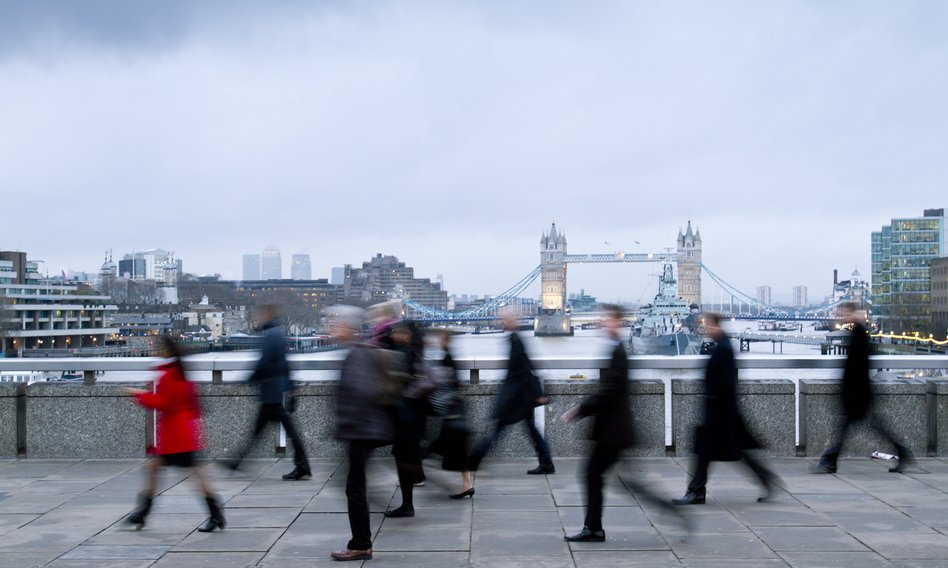2021-07-14 11:17
Publishing
2021-07-14 11:17


The UK’s annual inflation rate rose to 2.5% in June, the highest level in nearly three years, the British Statistics Office reported on Wednesday.
This is more than analysts who had forecast 2.2% had expected. It is also the second month in a row that the Bank of England’s (BoE) inflation target of 2% has been breached. In May, the annual inflation rate was 2.1%, and in March – 0.7%.
The Office for National Statistics explains that the rise in inflation is mainly caused by higher prices for food in stores and fuel, but also food and drinks in restaurants as well as expensive clothes and shoes, which is unusual, because they are usually cheaper at this time. the year. In addition, between May and June – also in contrast to previous years – prices for used cars increased, and this is due to the fact that due to the delay in the delivery of new cars, some buyers decided to purchase used cars.
“The increase in (inflation) was widespread due in part to higher prices for food and used cars, with reports of increased demand. Part of this increase is due to temporary effects, such as higher fuel prices that continue to fuel inflation, but it is a large part of This is due to a return to pre-pandemic levels. Higher prices for clothing and footwear, compared to the normal seasonal pattern of summer sales, have also contributed to the upward pressure this month,” said ONS Deputy Chief Statistician Jonathan Athoe.
Renewed rising inflation will put pressure on the Bank of England to consider raising interest rates to contain it. The Bank’s Monetary Policy Committee, which sets interest rates, judged the current rise in inflation to be “temporary” and after it reached a peak of 3%. will fall. But the outgoing Bank of England chief economist Andy Haldane warned in June that the risks of high inflation were “rising rapidly” and could reach nearly 4% this year.
From London Bartłomiej Niedziński




